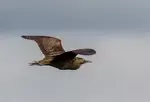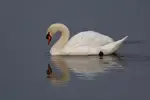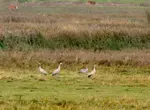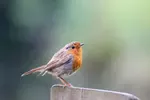- Home
- How to Identify Wild Birds
- Common Chiffchaff
Common Chiffchaff - The Bird That Sings Its Name
Your First Step to Understanding the Language of the Woods
For years, a walk in the woods was a lovely, but slightly frustrating, experience for me.
I was surrounded by a chorus of birdsong, a beautiful wall of sound. But it was a language I didn't speak.
It felt like being at a party where everyone else knew each other, and I was the uninitiated outsider, smiling blankly.
I desperately wanted to move from being a passive observer to a knowledgeable participant, but the task of learning felt monumental.
If that feeling is familiar, I want to introduce you to the bird that gave me my first "Aha!" moment. This is your key. Your 'password' to enter the conversation. Meet the Common Chiffchaff.
This small, unassuming olive-green bird is one of the very first to start singing in spring.
It’s not some grand orchestral performance like a Song Thrush, nor is it as complex as the silvery cascade of its closest cousin.
Just two little notes.
But its real gift to beginners is that it sings its own name.
Learning to Hear the 'Chiff-Chaff'
I almost missed it at first. I was expecting a complex melody, but the Chiffchaff's song is something far simpler. It’s a rhythmic, two-note phrase, repeated over and over from the treetops.
- What to listen for: A simple, metronomic chiff-chaff-chiff-chaff-chiff-chaff.
It's like a little steam train starting up. Once you hear it, you'll never forget it. This is often the first, and sometimes only, song you’ll hear in the early spring woodlands of the East of England.
That first successful identification, knowing who is singing to you, is a small victory that feels immense. It's the thrill of knowing who you share the world with.
🎧 Listen to the song of the common chiffchaff — steady, simple, unmistakable.
You’ll also hear my footsteps, a breath or two, and another sound in the distance.
A mammal calling now and then. I know what it was… but do you?
A Quick Word on Its Devious Cousin
Now, a little word of warning to save you the confusion I fell into for years.
The Chiffchaff has a lookalike, the Willow Warbler. They are notoriously difficult to tell apart by sight alone.
My advice? Don't even try at first. It's a classic trap for beginners that leads to frustration.
Instead, just listen. The Willow Warbler's song is completely different—a beautiful, silvery cascade of notes that tumbles down the scale.
For now, the song is your most reliable tool.
But if you're feeling ready for the next challenge and want to learn how to tell them apart even when they're silent, I've written about the subtle visual clues in a more advanced guide about Chiffchaff vs Willow Warbler.
Photographing the Fidget Spinner of the Bird World
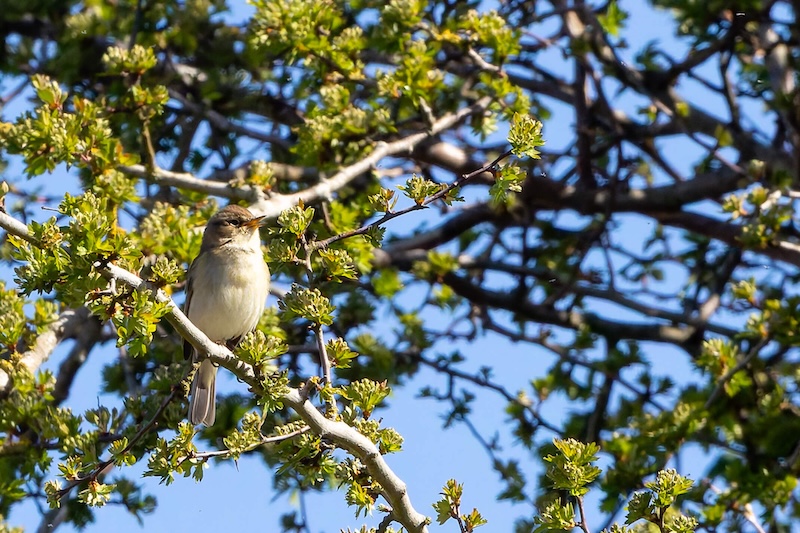 Common Chiffchaff singing from a high perch in early April sunlight
Common Chiffchaff singing from a high perch in early April sunlightSo you’ve heard it. Now you want to capture it.
I have a hard drive full of blurry, disappointing photos from my early attempts
Chiffchaffs are tiny and they never, ever stop moving. This is where your camera, that intimidating box of buttons, can become your friend.
This is the secret: Shutter Speed.
To freeze the restless movement of a Chiffchaff, you need to tell your camera to take the picture incredibly quickly.
Your Mission: Try switching your camera dial to Shutter Priority mode ('S' or 'Tv'). This lets you choose the speed, and the camera handles the rest. Set it to at least 1/1000th of a second.
Getting a sharp photo is a huge first win!
But it’s just the first step in creating a portrait that truly captures the character of this energetic bird—a story for another time.
Your First Adventure - A Chiffchaff Challenge
You don't need to plan a huge expedition. Your challenge for this weekend is simple:
- Find a local patch of woodland. It could be Fermyn Woods, Monks Wood, or any small copse near you.
- Leave the camera in the bag to start with. Just walk and listen.
- Wait for that simple, two-note song: chiff-chaff-chiff-chaff.
- When you hear it, just stop and enjoy the feeling of knowing.
The next time you're on a walk and you hear that song, you won't feel like an outsider anymore.
You'll have an answer to the question, "What bird is this?".
Have You Heard a Chiffchaff?
What did it feel like when you heard your first Chiffchaff? Did you have an 'Aha!' moment? Share your story, question, or photo here. I'd love to read it, and I'm sure other visitors on the same journey would, too. Let's get the conversation started.
What Other Visitors Have Said
Click below to see contributions from other visitors to this page...
I think I heard a Chiffchaff at Paxton Pits Not rated yet
"I was out near Paxton Pits and think I heard a Chiffchaff, but it was just a single, soft 'hweet' sound every so often, not the full song. Is that normal?" …
🛠️ Curious to learn more?
🛠️ What else to look for...
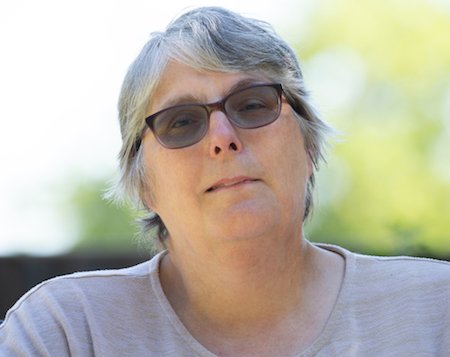
About the Author
I’m a wildlife photographer who learns on everyday walks. This site is my field notebook: practical photo tips, gentle ID help, and walk ideas to help you see more—wherever you are.
Step Behind the Wild Lens
Seasonal field notes from my wildlife walks: recent encounters, the story behind favourite photos, and simple, practical tips you can use on your next outing.

